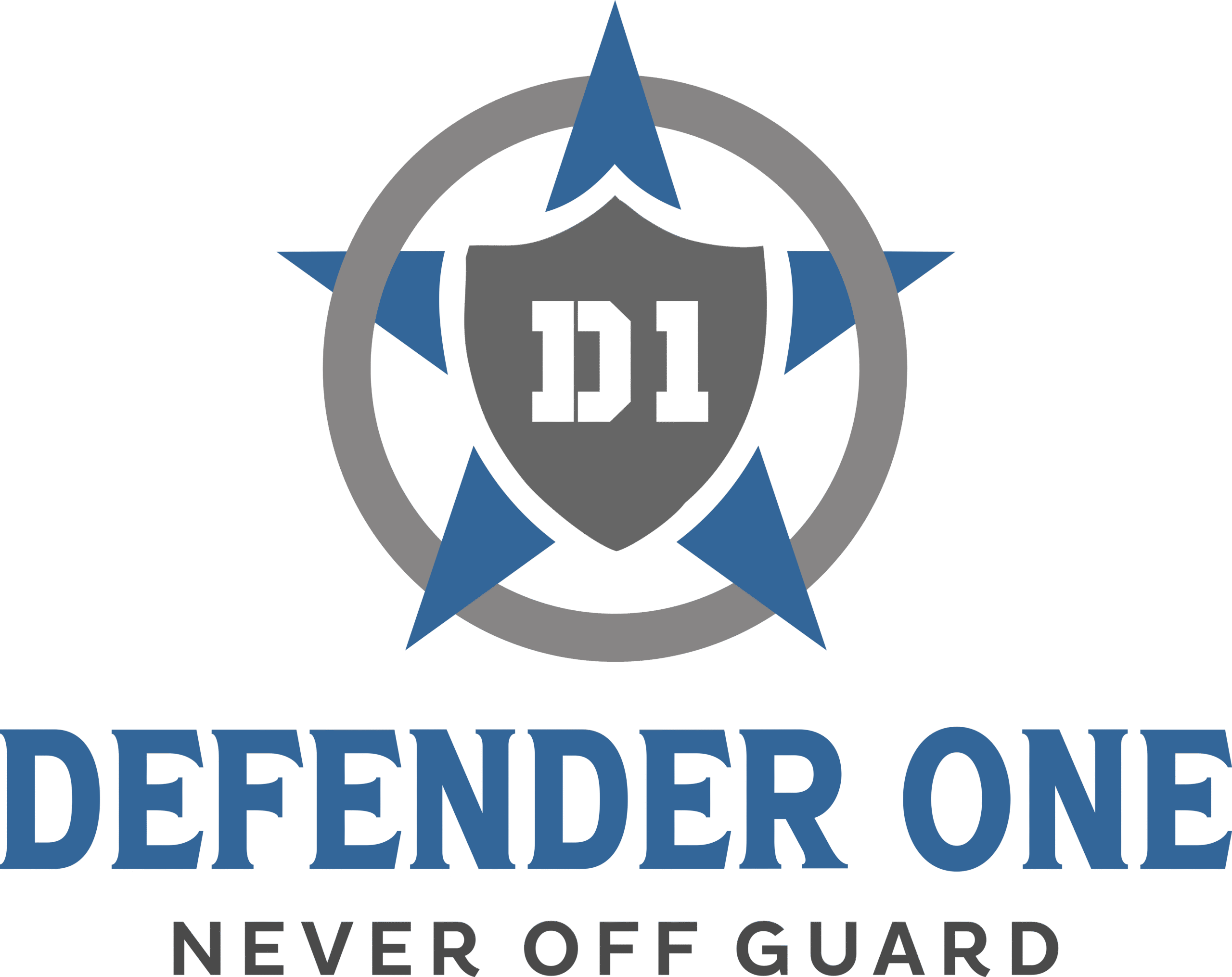In an age where safety concerns are paramount, schools are continuously reevaluating their security protocols. Implementing physical barriers and access control’ is vital for securing the perimeter and ensuring safety in educational facilities. As we step into 2024, let’s explore the evolving landscape of securing school perimeters through effective strategies.
The Importance of Secure Perimeters in Educational Institutions
The perimeter of any educational institution acts as the first line of defense against unauthorized access and potential threats. Creating a secure perimeter is crucial to prevent unwanted intrusions and ensure a safe environment conducive to learning.
Strategic Placement of Physical Barriers
Fencing and Gates
Installing sturdy perimeter fencing coupled with strategically placed access gates restricts unauthorized entry. Opt for fencing that balances visibility with security, allowing monitoring while deterring intruders. Incorporating automatic gates controlled by access cards or security personnel enhances control over who enters the premises.
Bollards and Vehicle Barriers
Protecting against vehicular threats necessitates the use of bollards or barriers strategically placed around entry points. These barriers prevent unauthorized vehicles from breaching the premises and can be automated for controlled access during specific hours.
Access Control Systems
Keycards, Biometrics, and Access Codes
Modern access control systems leverage keycards, biometrics, or access codes to manage entry points. Implementing these advanced technologies ensures only authorized individuals gain access to specific areas within the institution. Biometric scanners, such as fingerprint or facial recognition systems, offer heightened security and accuracy.
Visitor Management Systems
Enhance visitor scrutiny through comprehensive visitor management systems. These systems require visitors to register at the entrance, provide identification, and receive temporary access passes. Integration with databases for background checks further fortifies security.
Security Personnel and Training
Trained Security Personnel
Employing trained security personnel equipped with the expertise to handle security systems and respond to potential threats is indispensable. Their presence acts as a deterrent and ensures swift action during emergencies.
Staff and Student Training
Regular drills and training sessions for staff and students on emergency protocols, lockdown procedures, and recognizing potential security threats are pivotal. Educating the school community fosters a proactive approach to safety.
Integration of Technology and Monitoring
CCTV Surveillance
Deploying a comprehensive CCTV surveillance system across the premises aids in monitoring activities, deterring misconduct, and providing crucial evidence in case of incidents. Integration with analytics software can enhance threat detection capabilities.
Remote Monitoring and Alerts
Leveraging advancements in technology allows for remote monitoring of security systems and real-time alerts for any suspicious activities or breaches. Integration with mobile devices ensures immediate responses.
Regular Assessments and Upgrades
Periodic Security Audits
Conducting regular security audits evaluates the efficacy of existing measures and identifies potential vulnerabilities. This ongoing assessment helps in updating protocols and systems as per evolving security standards.
Adaptation to Emerging Threats
Stay updated with current security trends and adapt measures to counter new threats. Flexibility and readiness to invest in emerging technologies are vital in maintaining robust security.
Community Engagement and Collaboration
Collaboration with Law Enforcement
Establishing partnerships with local law enforcement agencies fosters a collaborative approach to security. Sharing information and coordinating response plans can significantly enhance overall safety.
Involvement of Parents and Community
Engaging parents and the community in school safety initiatives promotes a collective responsibility towards ensuring a secure environment for students and staff.
Cybersecurity Measures for Educational Facilities
Firewalls and Network Security
Beyond physical barriers, schools must safeguard their digital perimeters. Robust firewalls and network security measures protect against cyber threats. Implementing secure Wi-Fi networks, regular software updates, and encryption protocols bolster the defense against potential breaches.
Cyber Awareness Programs
Educating both students and staff about cybersecurity risks is crucial. Conduct workshops and seminars to raise awareness about phishing, data security, and safe online practices. Encouraging the use of strong passwords and emphasizing cautious online behavior adds an extra layer of protection.
Environmental Design and Crime Prevention Through Environmental Design (CPTED)
Optimal Lighting and Landscaping
Thoughtful design elements can contribute significantly to security. Well-lit areas and trimmed landscapes eliminate potential hiding spots for intruders. Implementing natural surveillance through strategic placement of windows and eliminating blind spots enhances security.
Physical Design for Safety
Design buildings with security in mind. Incorporate features like single-point entries, clear sightlines, and designated secure areas to control access. Applying principles of CPTED ensures that the environment itself serves as a deterrent to criminal activities.
Community Support and Mental Health Initiatives
Emotional Well-being Programs
Promoting mental health awareness and providing counseling services contributes to a safer school environment. Students feeling emotionally supported are less likely to engage in harmful activities. Establishing a positive and inclusive school culture can also prevent potential security threats.
Anonymous Reporting Systems
Encourage students and staff to report concerning behavior or suspicious activities through anonymous reporting systems. Creating a safe space for individuals to share their concerns without fear of reprisal aids in early intervention.
Conclusion
As educational institutions navigate the evolving landscape of security threats, securing the perimeter through physical barriers & access control measures becomes imperative. By embracing a multi-faceted approach that combines technology, personnel training, community involvement, and regular assessments, schools can create safer environments conducive to learning in 2024 and beyond.
